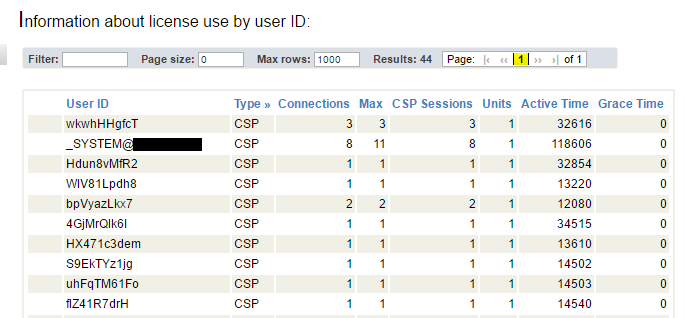Can someone direct me to where in the documentation we can find how consumption may be calculated for global storage?
| Caché Version | 2010.1 |
| Operating System | HP OpenVMS 8.4 |
EDIT: After receiving some responses, it seems I was unclear in my initial inquiry. I am looking to determine our rate of consumption of storage; however, I am having some difficulty in doing that.


